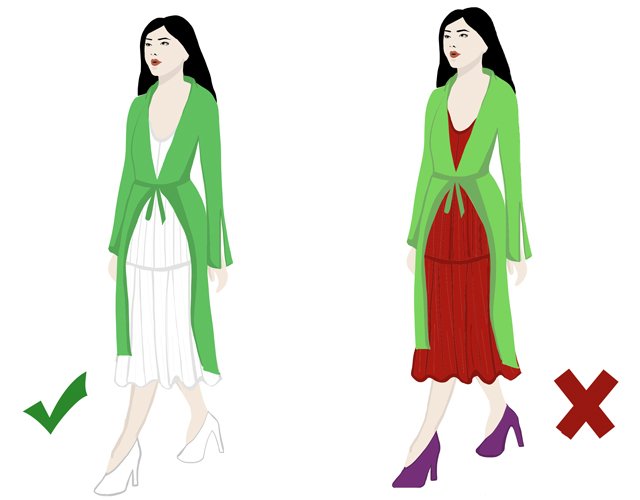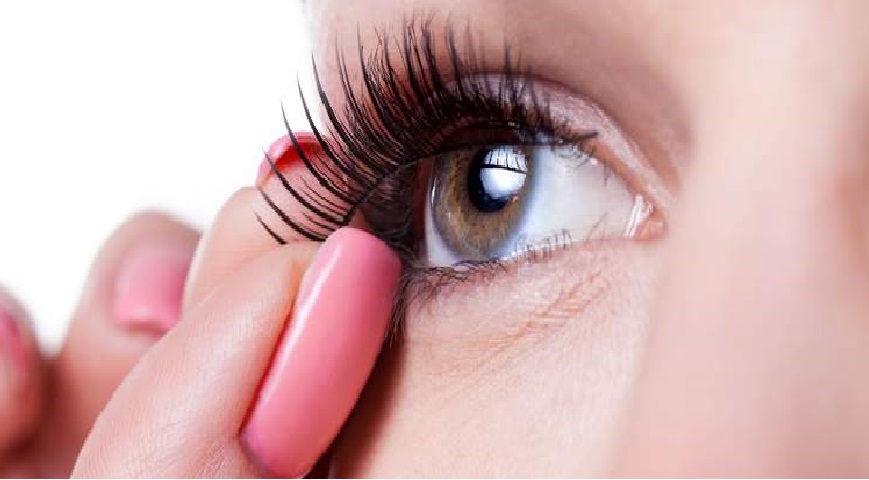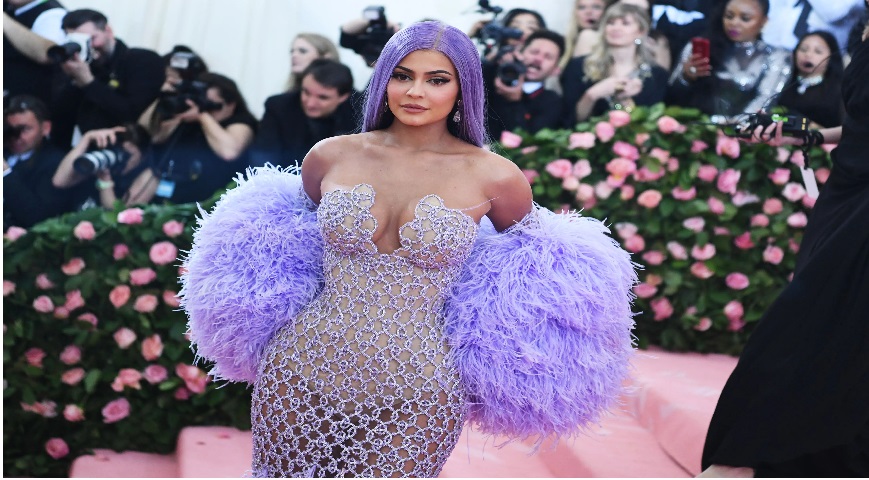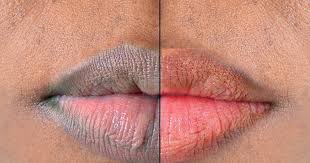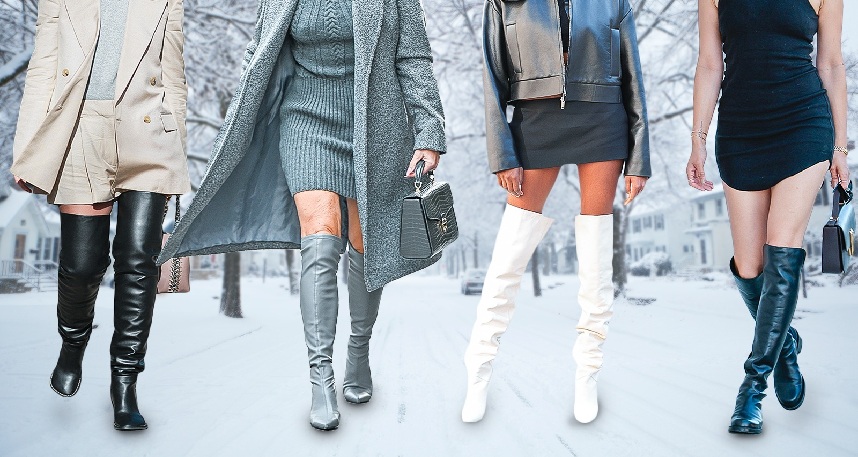Colour blending and matching is an art that many women find difficult. Others make a few typical blunders that make their ensembles look odd or disjointed.
However, some ladies blend colours and patterns naturally. We'll look at some of the most typical errors women make when mixing and matching colours in this article, along with advice on preventing them.
Mistake #1: Overmatching
Overmatching is among women's most frequent errors when mixing and matching colours. It happens when people select too many similar colours, creating an outfit that needs more depth and contrast. For instance, a light blue blouse with light blue jeans could seem like a safe pick, but it might seem uninspired and uninspired.
Did you read this?
Solution: Use complementary colour combinations, such as blue and orange or purple and yellow, to add contrast. To add interest to your ensemble, play with various hues and tones within the same colour family or experiment with contrasting materials and patterns.
Mistake #2: Ignoring the Neutral Palette
Neglecting the neutral colour scheme might cause your ensembles to look out of balance, even if bright and strong colours are fantastic for making a statement. Black, white, grey, beige, and navy are neutral colours that can help anchor your ensemble and let your chosen colours pop.
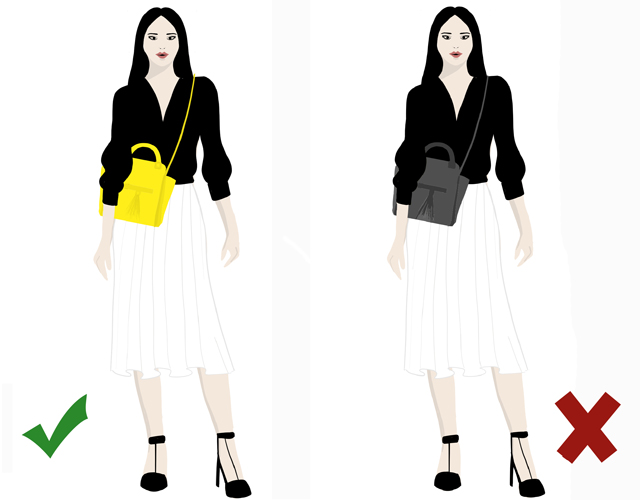
Solution: Invest in a few high-quality neutral pieces, such as a navy pair of pants, a white t-shirt, or a black blazer, since they blend with any colour scheme and provide a stable base for more daring pieces.
Mistake #3: Overdoing Prints
Prints can be fun and playful, but it's easy to go overboard and end up with an outfit that looks busy and chaotic. Mixing too many prints can be overwhelming and confusing, and it can distract from your overall look.
Solution: Stick to one or two prints per outfit, and pair them with solid, neutral pieces to balance them out. For example, a leopard print scarf looks great with a black sweater and jeans, or a floral blouse can be paired with a navy skirt.
Mistake #4: Ignoring the Season
The season can also impact the feelings and emotions that colours evoke. Wearing the incorrect colours and disregarding the season might make you appear out of place and disorganized.
Solution:
Choose shades that are appropriate for the time of year.
Use rich, deep shades like burgundy, navy, and emerald green during the winter.
Use light, breezy shades like pastel pink, baby blue, and sunny yellow in the spring and summer.
Mistake #5: Following Trends Blindly
Fashion trends come and go, but you should consider whether they suit your style and personality before blindly following them. Trends can be fun to experiment with, but if they don't feel authentic, you may feel uncomfortable and self-conscious.
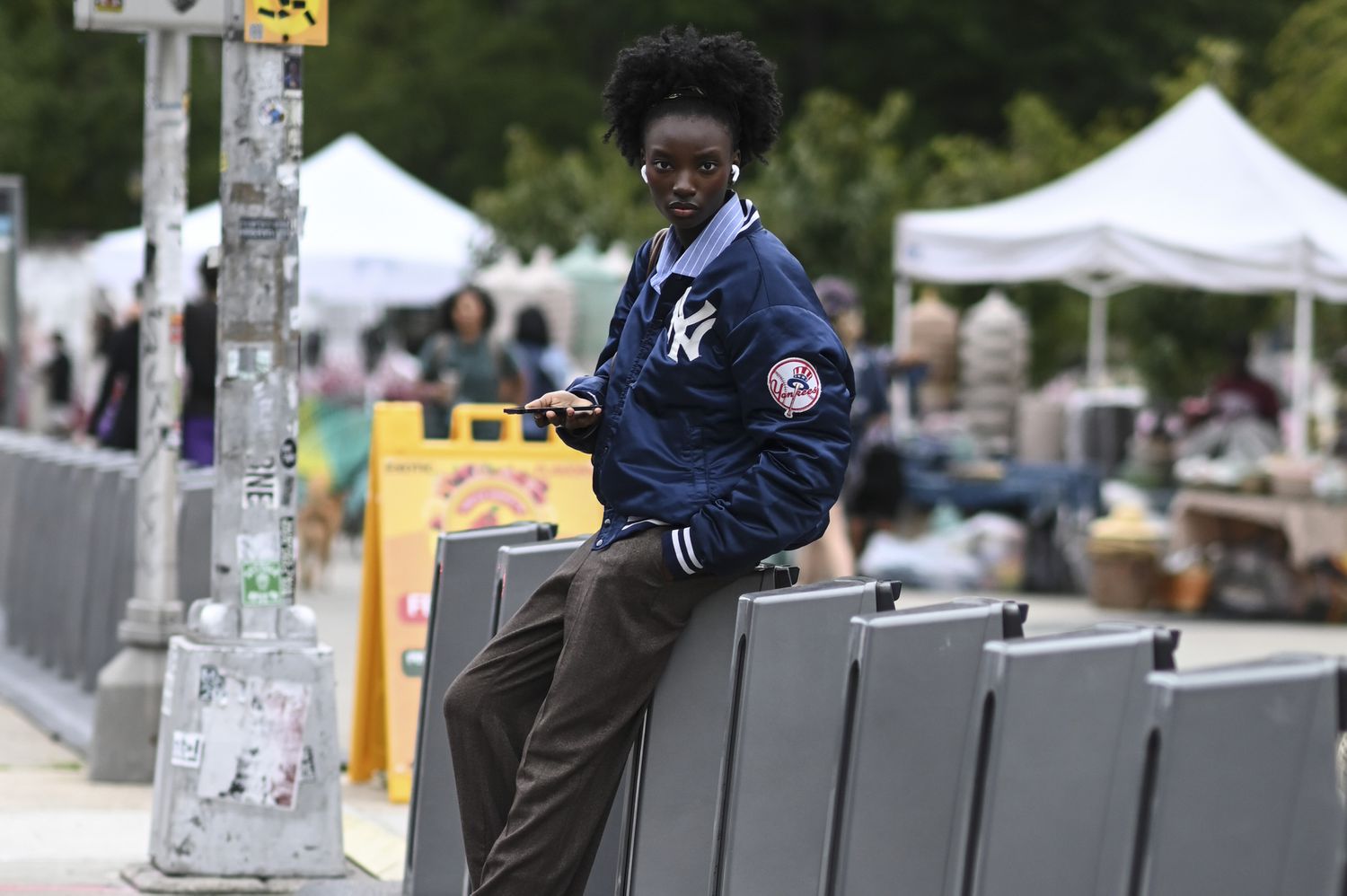
Solution:
Experiment with trends, but adapt them to your style. For example, if the trend is for neon colours, you can incorporate it into your outfit with a neon scarf or a pair of neon earrings. This way, you're staying on-trend without sacrificing your unique style.

